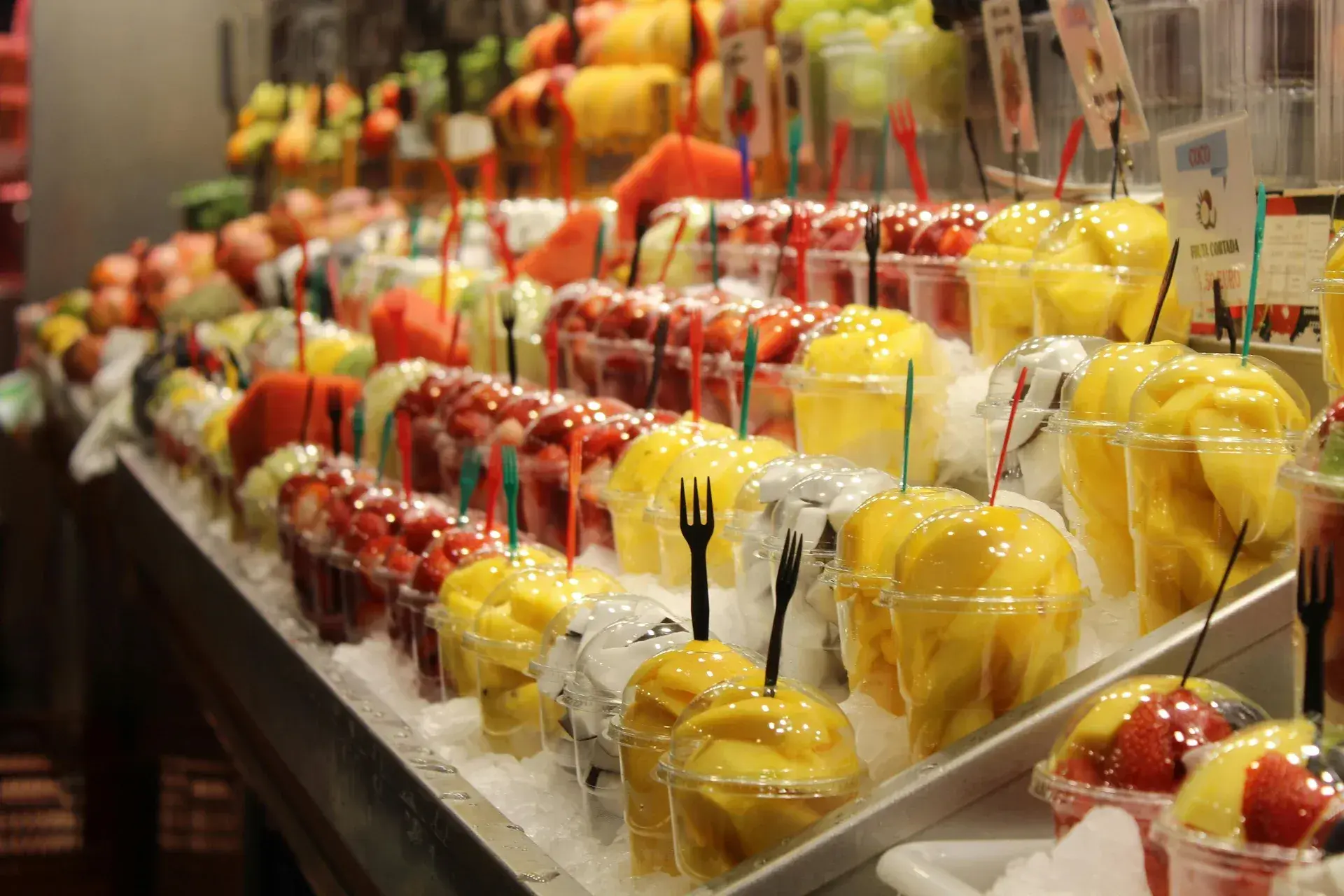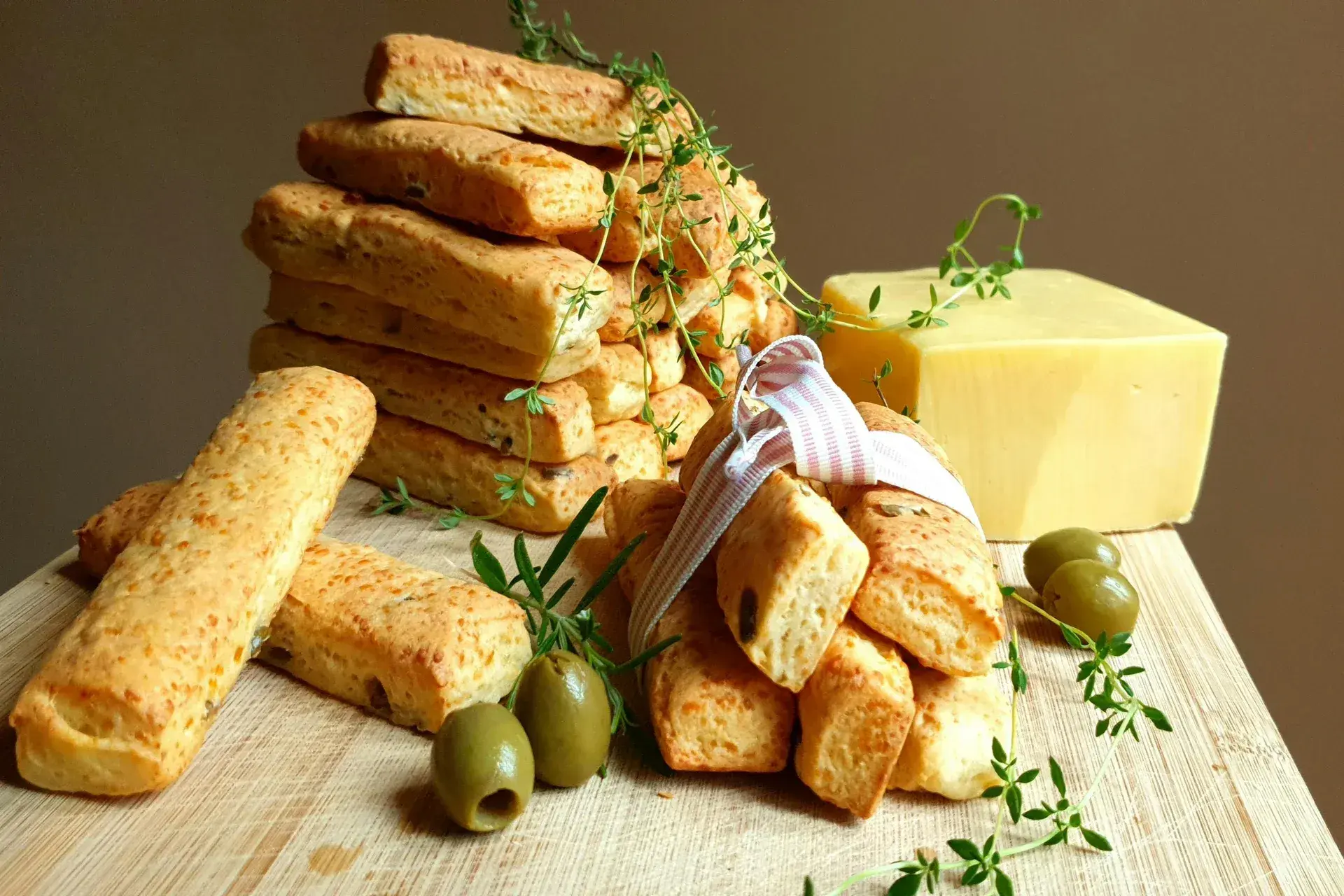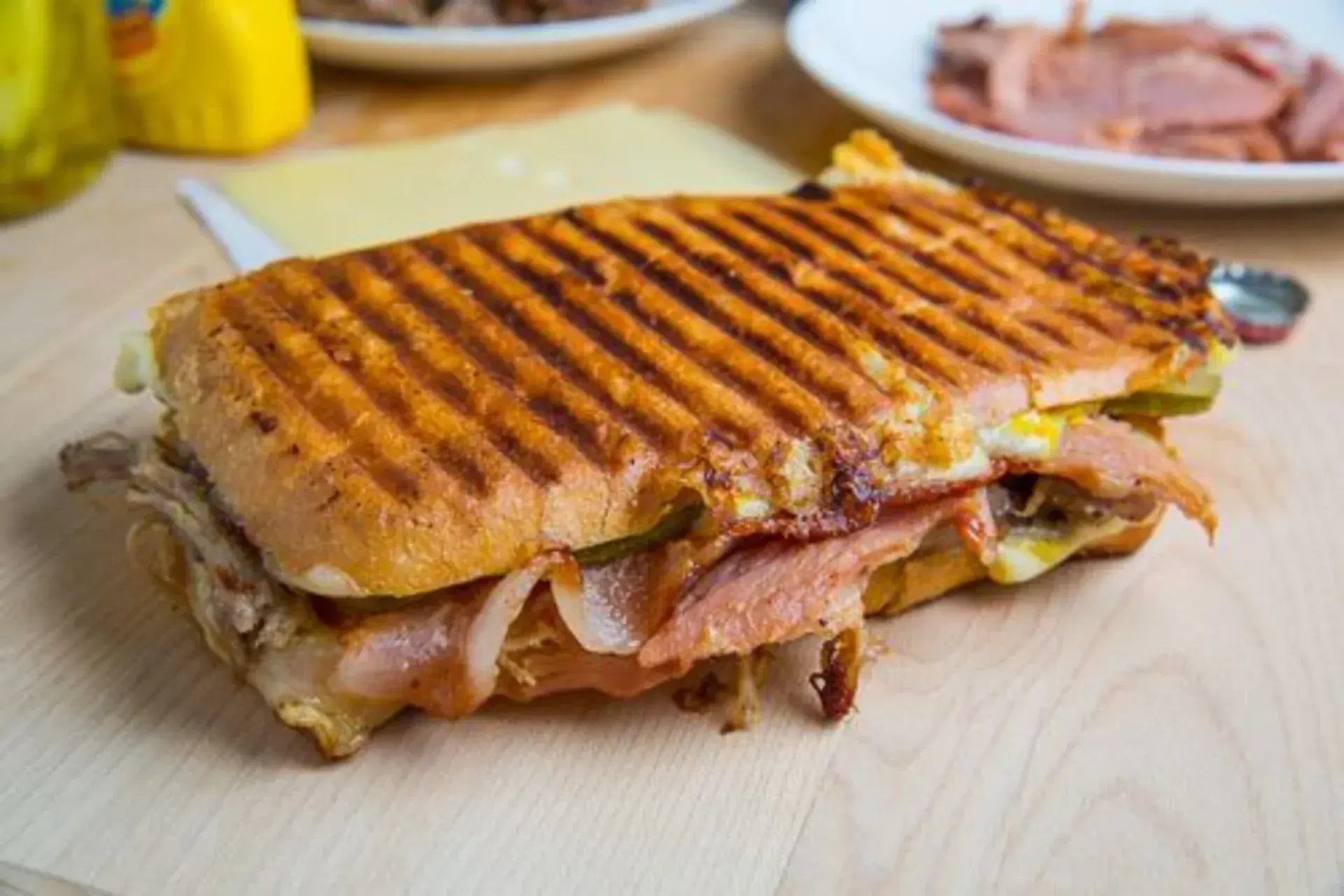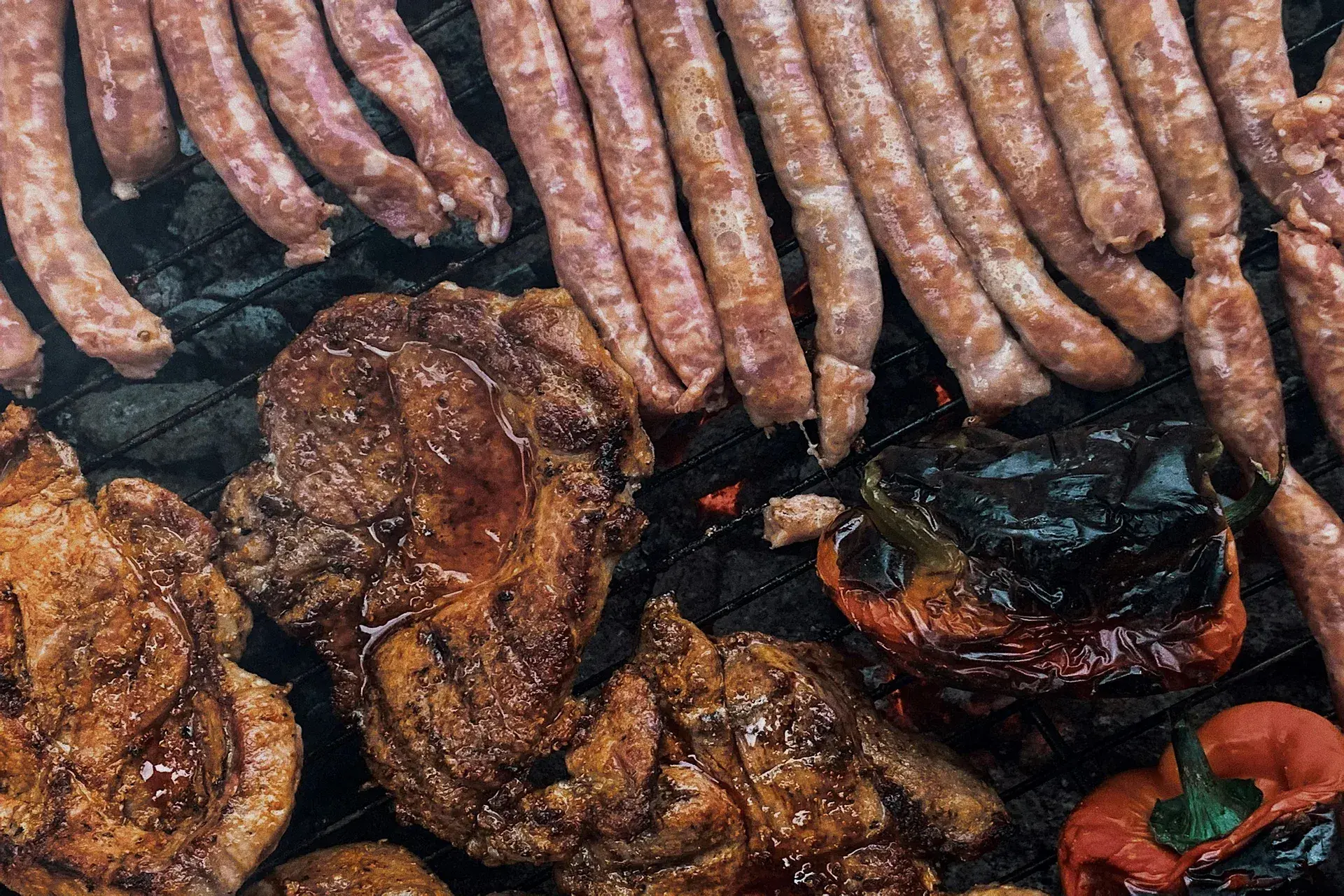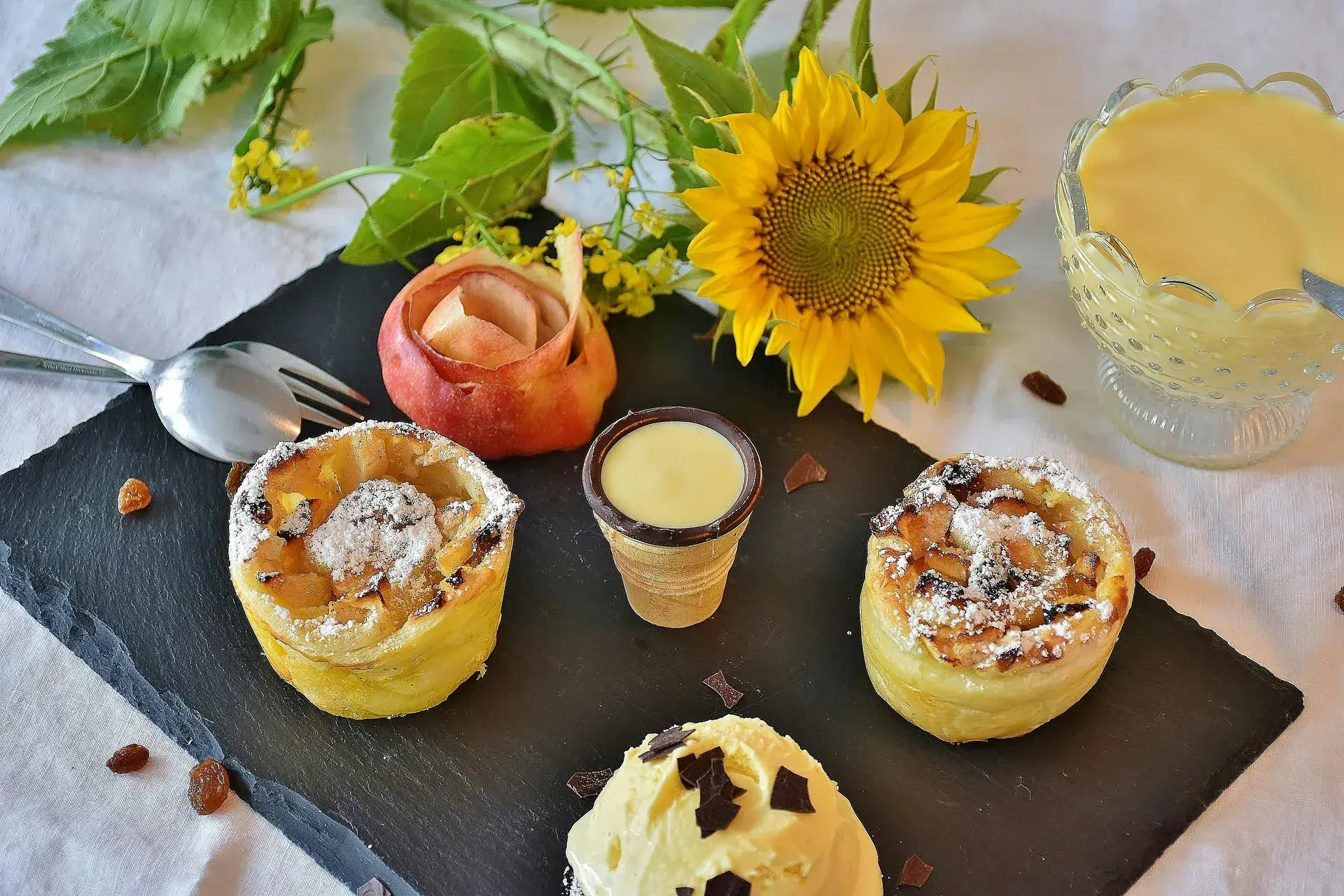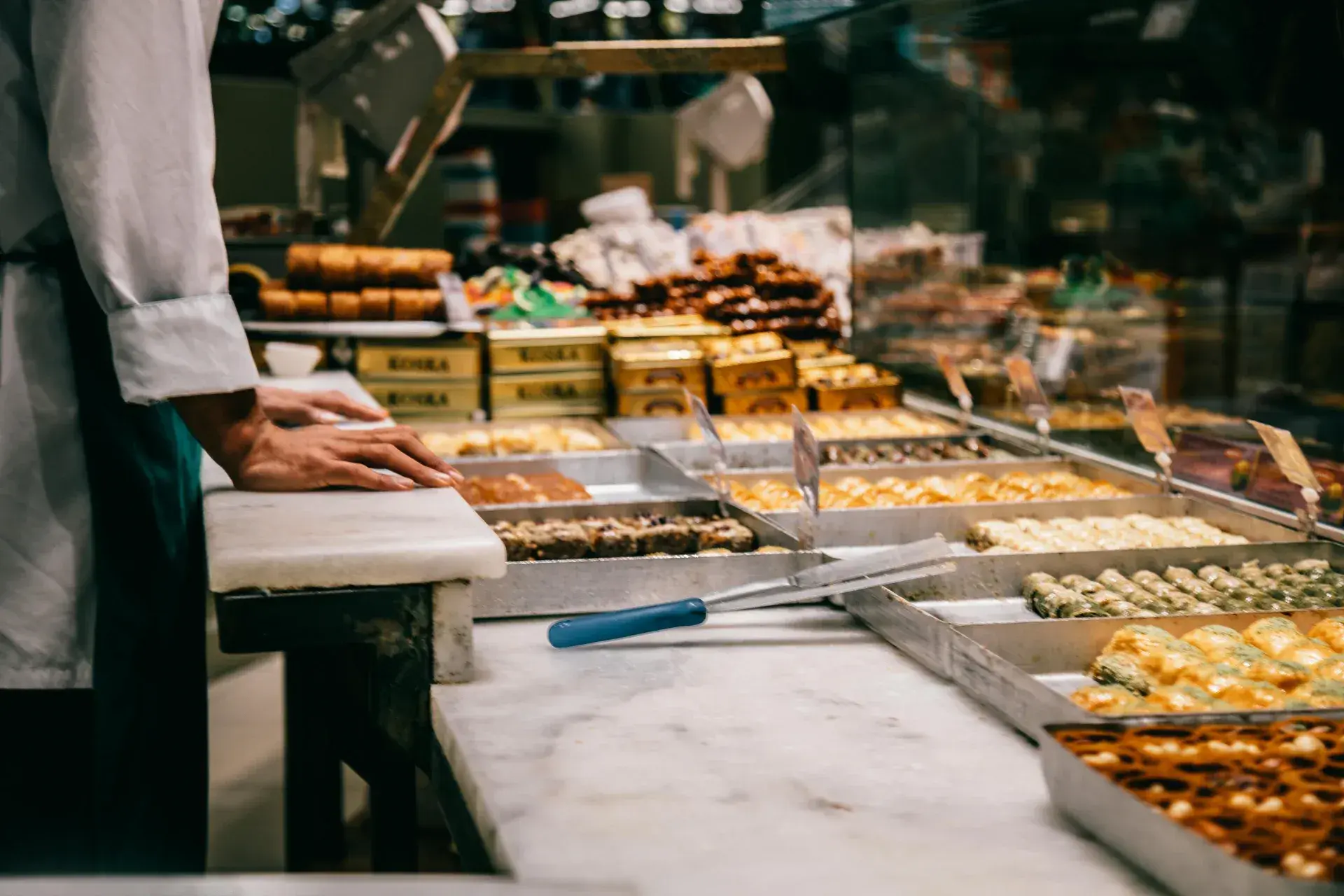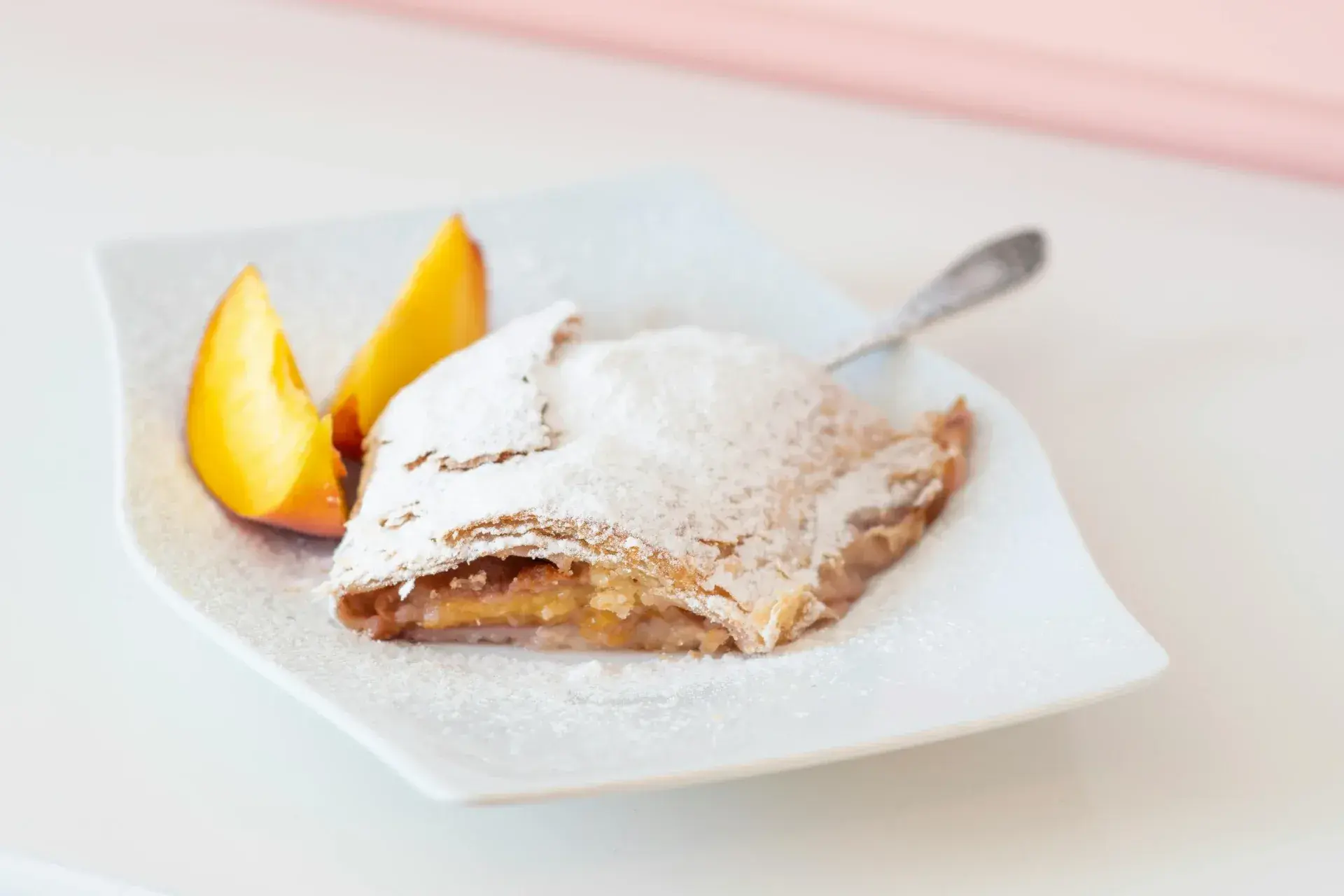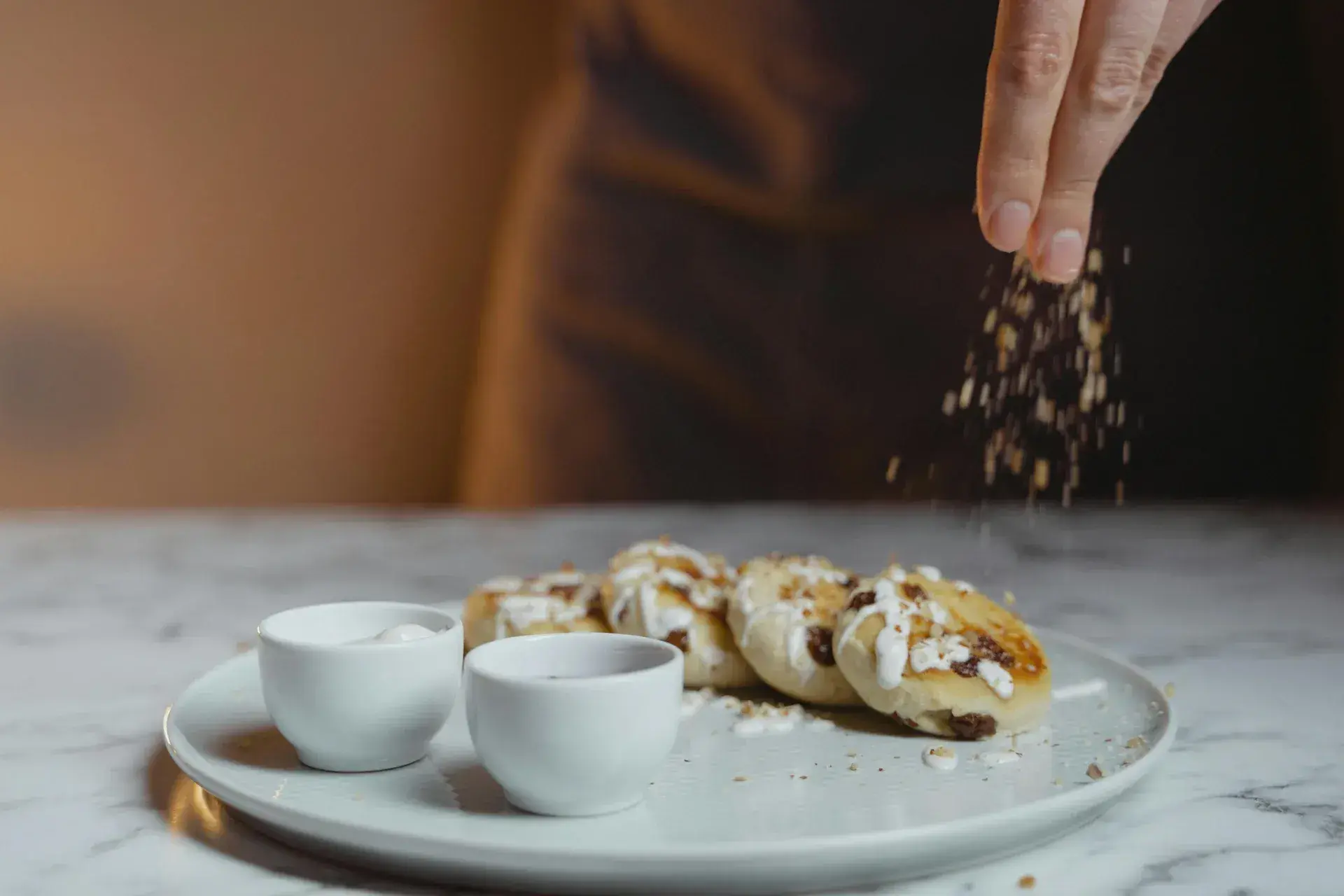Peking Duck. A Culinary Masterpiece from China's Imperial Capital
Peking Duck, a renowned Chinese dish with a rich history dating back to the imperial era, has captivated the hearts and taste buds of food lovers worldwide. Its reputation for exquisite flavor, tantalizing aroma, and elegant presentation has solidified its status as a culinary masterpiece. In this article, we will explore the origins, preparation, and cultural significance of Peking Duck, delving into the intricacies that make it one of China's most iconic dishes.
Origins and History
Peking Duck's origins can be traced back to the Yuan Dynasty (1271-1368), but it gained prominence during the Ming Dynasty (1368-1644) when it became a favorite of the imperial court in Beijing. The dish was further refined in the Qing Dynasty (1644-1911), when it was served to the emperor and his esteemed guests, cementing its status as a symbol of luxury and refinement.
Preparation and Techniques
The preparation of Peking Duck is an intricate process that showcases the skills and expertise of Chinese chefs. The dish begins with a selection of a high-quality, plump duck, which is then subjected to a series of preparation steps:
- Cleaning and air-pumping: The duck is thoroughly cleaned, and air is pumped under the skin to separate it from the fat, resulting in a crispier final product.
- Glazing: A maltose syrup is applied to the duck's skin, which will give it its signature golden-brown color and glossy appearance.
- Air-drying: The duck is hung in a cool, ventilated area for up to 48 hours, allowing the skin to dry and tighten.
- Roasting: The duck is roasted in a specialized, cylindrical oven, where it is cooked with either wood from fruit trees, such as peach or pear, or hardwoods like jujube or oak. The choice of wood imparts a subtle, smoky flavor to the duck.
- Carving: Once cooked, the duck is expertly carved by a skilled chef, who carefully slices the skin and meat into thin, even portions.
Serving and Accompaniments
Peking Duck is traditionally served with thin pancakes, sliced spring onions, cucumber, and a sweet bean sauce. The accompaniments are essential in creating the perfect bite, with each element contributing its unique flavor and texture. Diners assemble their own pancakes, placing a slice of duck, a few pieces of cucumber and spring onion, and a dollop of sauce onto a pancake before rolling it up and savoring the delightful combination.
Cultural Significance
Peking Duck is not only a delectable dish but also a symbol of Chinese culinary heritage and cultural identity. Its intricate preparation and the skills required to master the dish have led to a thriving industry of specialized Peking Duck restaurants in Beijing and around the world. These establishments, some of which have centuries-old histories, are dedicated to preserving the authentic techniques and flavors of this iconic dish, ensuring that Peking Duck continues to delight diners for generations to come.
Peking Duck is a true testament to the artistry and sophistication of Chinese cuisine. Its long-standing history, intricate preparation, and elegant presentation have captured the imagination of food lovers worldwide. Whether you have the opportunity to savor it in a traditional Beijing restaurant or at a local Chinese eatery, Peking Duck is a dish that deserves to be appreciated and celebrated for its unparalleled flavors and rich cultural heritage.
